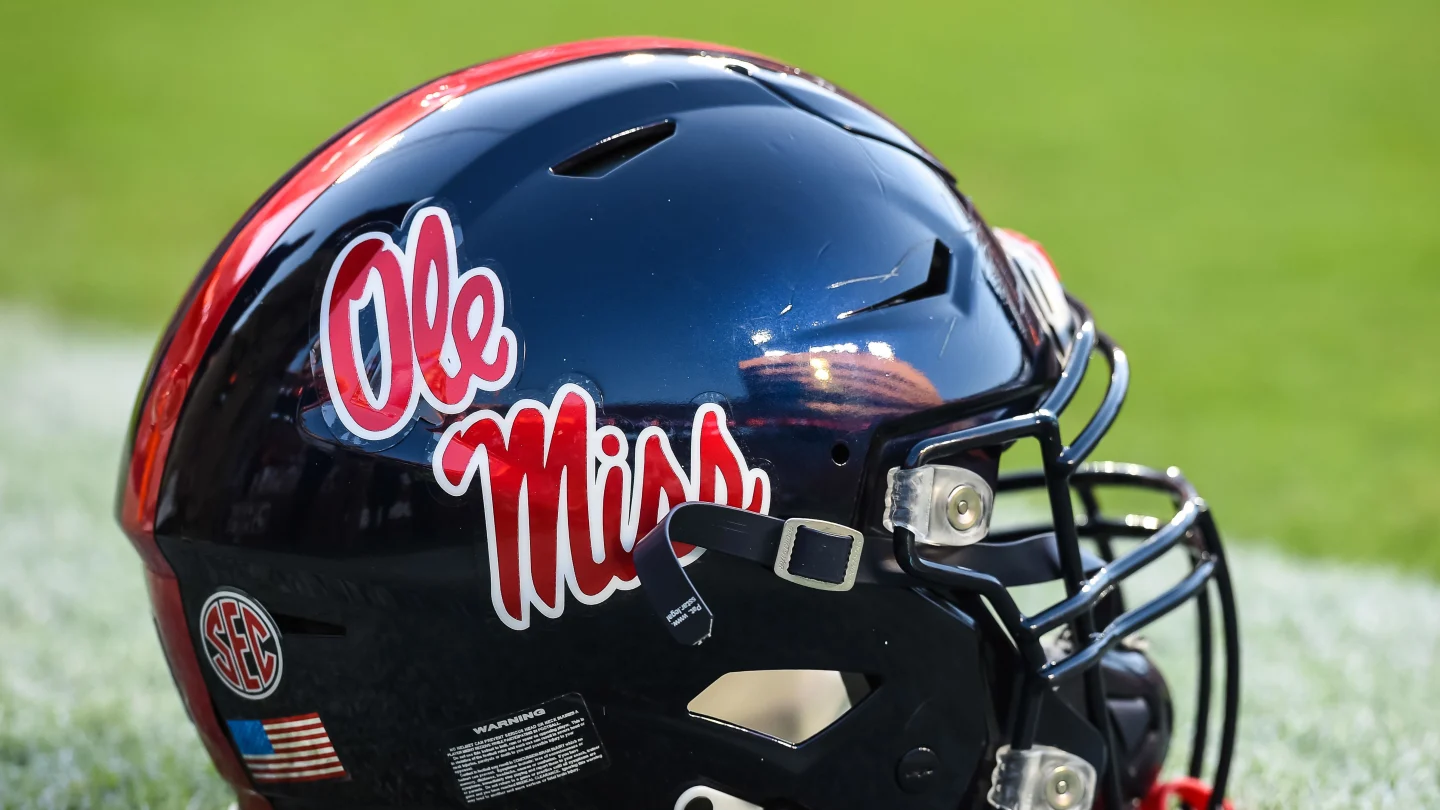A major change in collegiate athletics has occurred with the NCAA’s recent decision to remove its ban on athletes negotiating Name, Image, and Likeness (NIL) arrangements before enrolling. This modification, which came about as a result of a deal with the state attorneys general, may transform the nature of collegiate athletics by enabling potential student-athletes to look into NIL prospects while they are recruiting.
This change may have a significant effect on teams like the Ole Miss Rebels in luring elite players, particularly on the defensive line. Offering attractive NIL compensation has always been a deciding element for hiring. The lifting of earlier limitations has made Ole Miss more attractive to top defensive linemen by allowing them to have NIL talks with prospects prior to their commitment.
There are a number of exceptional defensive line prospects in the 2025 recruiting class. Notable recruits, per 247 Sports, include:
Elijah Griffin: Six feet five and 285 pounds, Griffin attends Savannah Christian Prep in Georgia. Georgia is his dedicated state.
Isaiah Campbell: A 6-foot-3.5, 265-pound defensive lineman, Campbell attends Southern Durham High School in North Carolina.
Justus Terry: Standing 6′ 4.5″ and weighing 275 pounds, Terry represents Manchester High School in Georgia.
The Rebels might concentrate on talents like Terry and Campbell while Griffin has committed to Georgia. Ole Miss may be able to influence these athletes’ choices by offering them alluring NIL possibilities by taking advantage of the new NIL rules.
Ole Miss may stand out in the crowded college football recruiting market thanks to their aggressive approach to NIL. Offering NIL discounts throughout the recruitment process not only makes the program more appealing, but it also shows that the program is dedicated to helping athletes build their own brands and finances.
But it’s important to understand that other programs will also have to adjust to similar changes. Schools all throughout the country are creating plans to comply with the new rules as the NIL landscape changes quickly. Ole Miss may therefore have an early advantage, but long-term success will rely on their capacity to innovate and provide distinctive NIL possibilities that appeal to recruits.
In conclusion, recruiting tactics may be greatly impacted by the NCAA’s decision to permit NIL agreements prior to enrollment. This gives schools like Ole Miss the chance to draw in elite defensive line players by providing alluring NIL packages. Programs who successfully adjust and give athletes’ branding and financial prospects first priority will probably become the leaders in collegiate athletics as the NIL climate changes.

